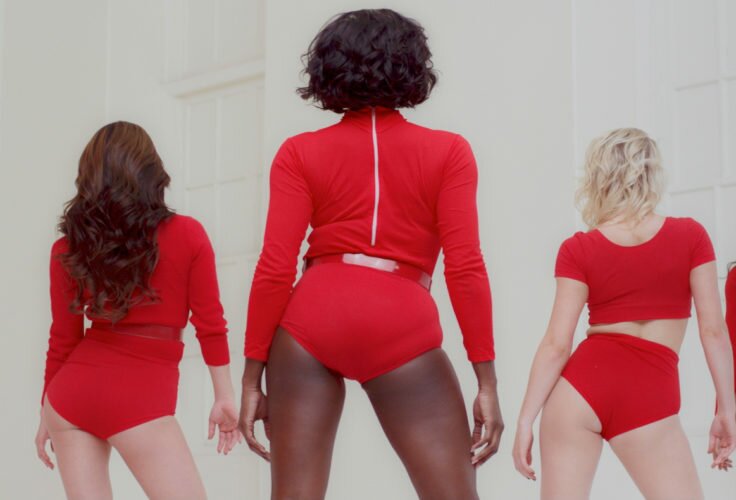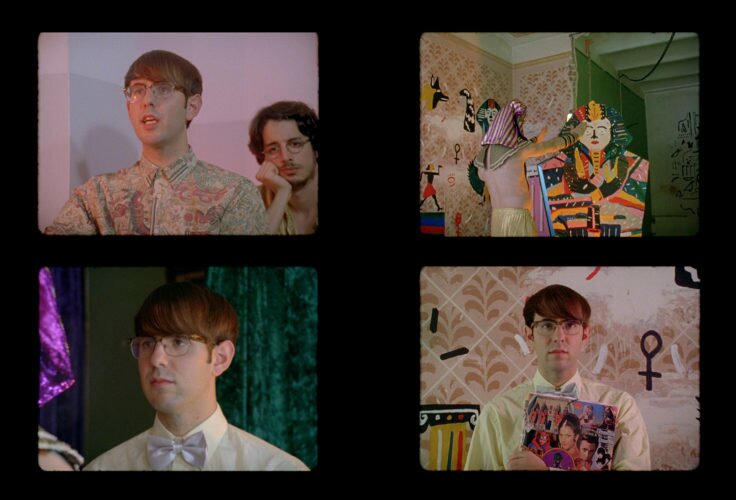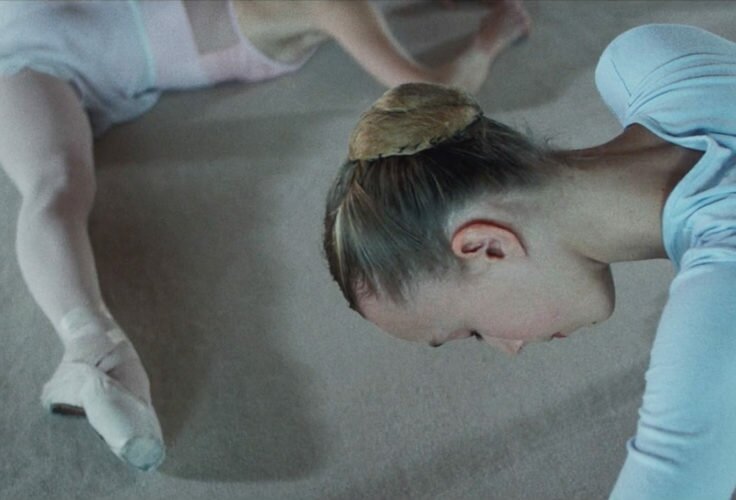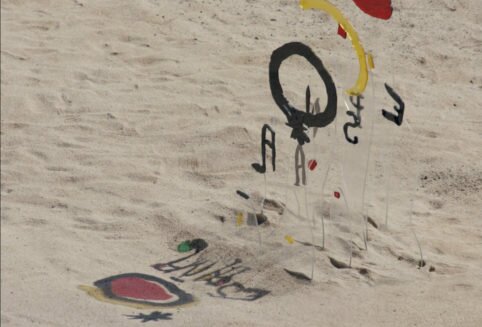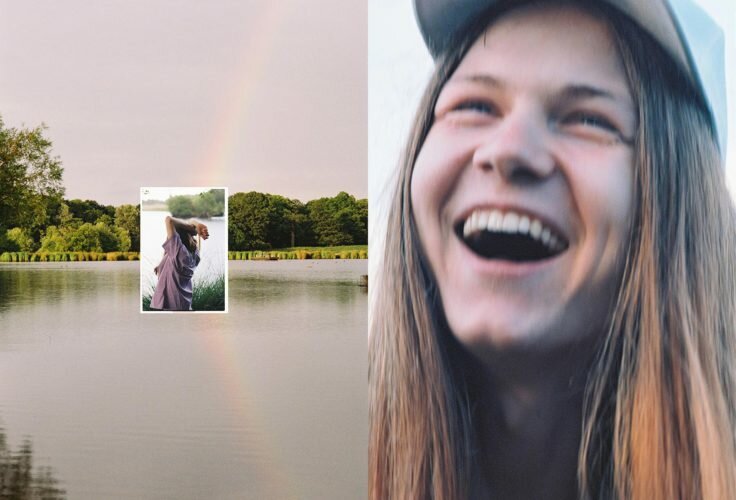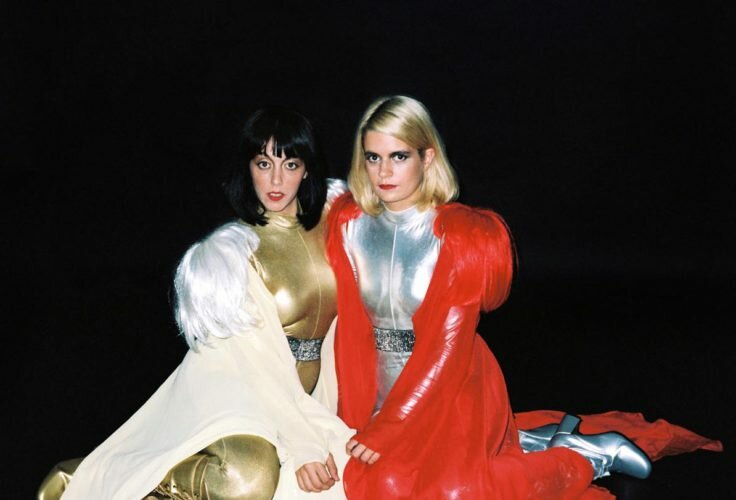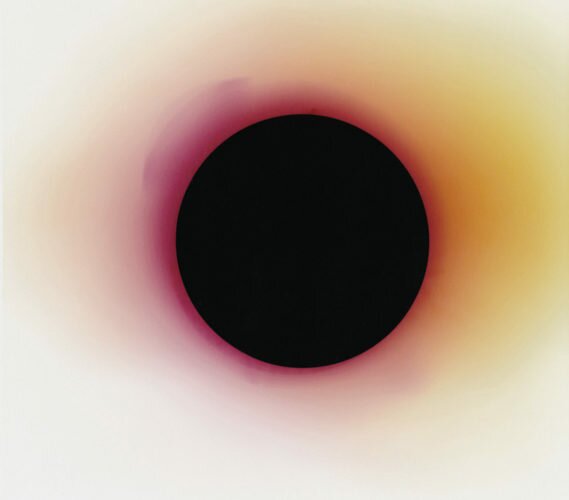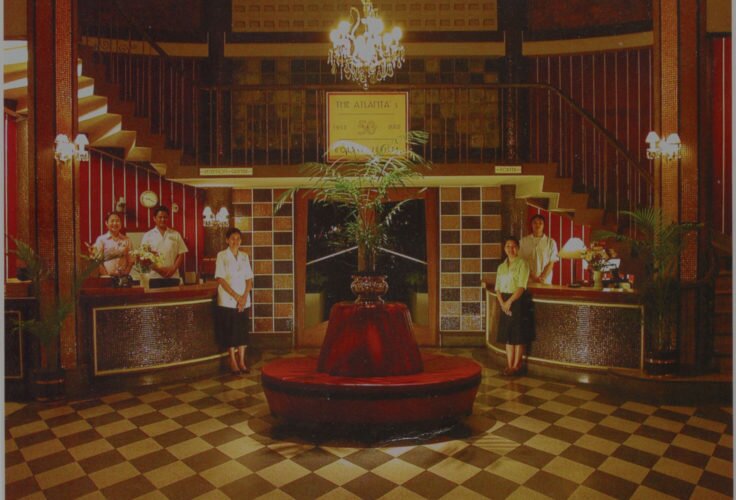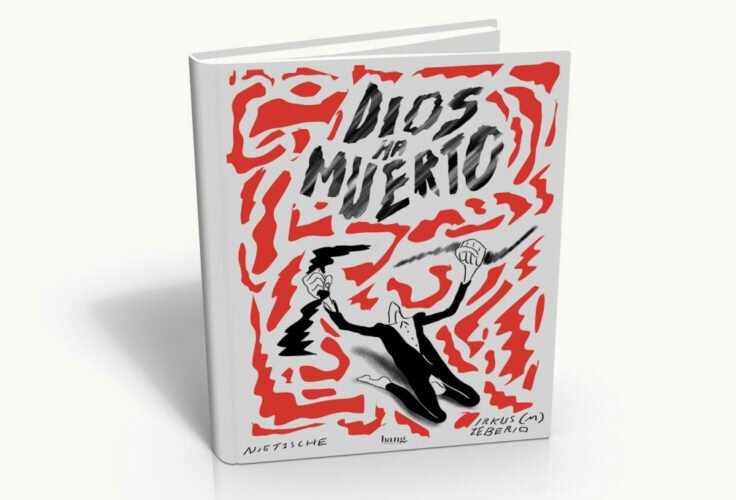We’ve already seen in Stranger Things that during the eighties tweens and teenagers engaged in role-playing games. Mar Calpena did so too; this is her memoir.

Soviet anti-alcoholism posters
On How Vodka (probably)
Beat the USSR
by Mar Calpena
Alcohol has a lot to do with geopolitics, and one of cocktail culture’s golden ages coincides, roughly, with the Cold War. It is not surprising thus that the complicated relationships between the blocks left their imprint on what we drink. Not only the most anecdotal side to it, like the naming of some cocktails (take for instance the B-52, also the name of a famous bomber), when in fact it is believed that the cocktail owes its name to the eponymous band, and shares the same cheery spirit with these musicians from Athens, Georgia: the B-52 is a bomb of different layers of overlapping sweet liqueurs that promises a hangover of atomic proportions. No, the Cold War was fought in other fronts: in the bourbon versus vodka one, for example.
Vodka has a long tradition in the United States, but until after Prohibition it wasn’t more than an exotic drink that Polish and Russian immigrants drank during their celebrations. At the end of the 40s, and thanks to a Smirnoff marketing campaign, the Moscow Mule, a cocktail mixing this liqueur with lime juice and ginger beer in an attractive copper cup, became very popular. Its success reached such proportions that the bartender syndicate in New York, influenced by the time’s McCarthyism, defended a radical boycott of the cocktail. The syndicate made an epic fool of itself, because Smirnoff had been an American brand since 1931, and the original Smirnoff –which, in any case, had little to do with the company– had been a white Russian exiled from his country in 1917, something that the brand’s executives brought to the light in no time.

B-52 in flames

Moscow mule recipe copper mug
Meanwhile, in Soviet Russia…
At the other side of the Iron Curtain, Lenin (who didn’t drink much) extended the prohibition of manufacturing vodka that the tsars had imposed a few years before the revolution. But Stalin was of a very different nature, and with him distillation made a comeback with a vengeance, among other things because vodka was a very important factor in keeping up soldiers’ high spirits during the Second World War (Vassili Grossman’s Life and Fate is full of references to it), although it also caused an increase in alcoholism. Khrushchev, his successor, used liquid diplomacy in order to reach an agreement with Nixon to exchange imports of Stolichnaya and Pepsi-Cola. Gorbachev, on his part, imposed as one of his first measures an increase in the price of alcohol to try and stop the Russians’ enormous consumption. Some Kremlinologists point out that it was actually this measure what brought about the end of the USSR, because intoxication no longer masked the hardships of the regime. A popular joke from that period described the situation as follows:
“I went to get vodka and there was a huge queue! Bloody Gorbachev!”
“Let’s go to the Kremlin and kill him!”
“There’s a huge queue there too!”
Naturally, when the Wall was torn down, Boris Yeltsin came to power and there’s no need to say much more. Although it could also be argued that it was the Soviets who won the alcohol wars: from the beginning of the 60s, vodka’s sales clearly exceed bourbon’s in the United States.
Struggling with rum
Vodka wasn’t the only alcoholic trench during the Cold War. In fact, this battle is still being fought at the Cuban rum front. It’s quite ironic that one of the favourite cocktails of John F. Kennedy –whose father, Joseph Kennedy, had become rich thanks to alcohol smuggling during Prohibition– was the daiquiri, a drink that is more Cuban than the Malecón itself. The ones he might have taken as of 1960 did no longer include, in theory, rum from the island, because on that same year, the United States set up the embargo that –as I am writing this– still lasts until today. The Bacardí family had started to diversify its interests abroad during the Batista regime, so what basically happened when their factory was confiscated was that they moved their production centre to Puerto Rico and –as Hernando Calvo Ospina’s book Bacardi: the Hidden War points out– begun to finance anti-Castro movements in Miami and created a lobby in Washington in order to harden the penalties towards the island. Cuba’s official rum switched then to Havana Club, another company nationalised by the revolutionaries, but Bacardí bought the commercial brand, a conflict that has ended up with a long and byzantine legal battle, still unresolved. In practice, there’s a Havana Club that is sold in the United States, and there’s another one manufactured in Cuba that the international company Pernod-Ricard distributes around the rest of the world. When Barack Obama announced last December that the ban of Cuban exportations would be softened a little, speculations as to what would happen rose uncontrollably among US fans of rum (and cigars). The cease of the embargo could mean the last chapter of this war. A war that, like ice cubes on a cocktail, has been melting away for quite a while.

Kruschev and Nixon drinking Pepsi

Kruschev and Castro drinking wine. Now you’re talking!
